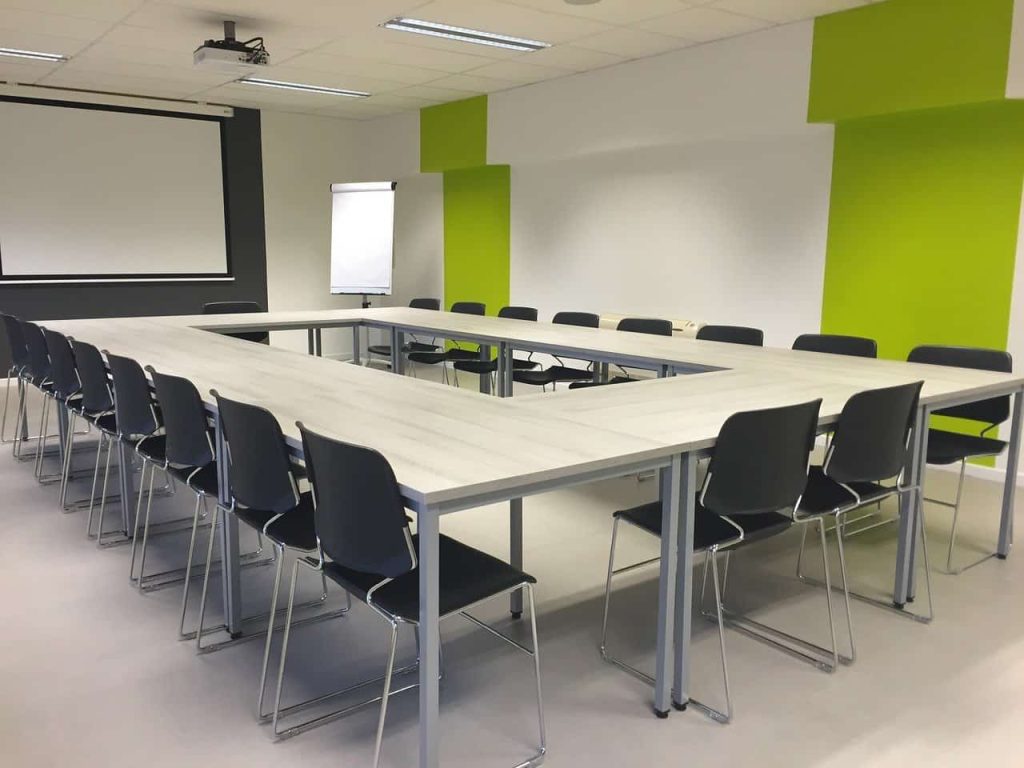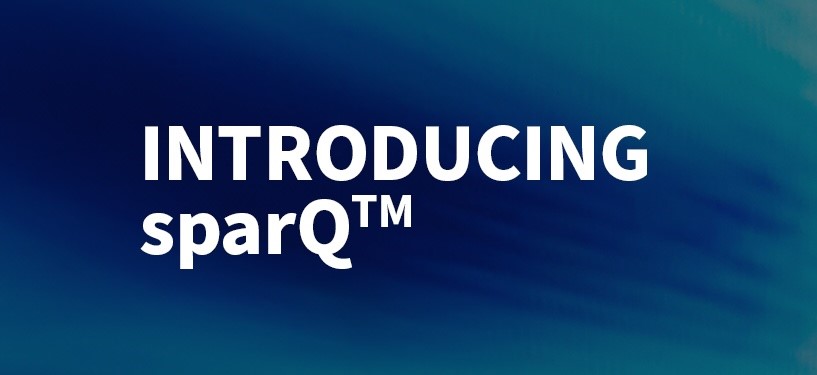On April 27th, heads of talent from a variety of tech organizations convened in a roundtable discussion, sharing insights on how to implement their continuity planning as they emerge from quarantine and return to work in the coming months. Cheryl Barbato, Co-founder of Talent Retriever, moderated the discussion. She started by presenting how this crisis has impacted her company. Cheryl also shared some of the results of MassTLC’s recent Tech Pulse survey which revealed that most tech CEOs expect in-person work to start in Q3 or later and that work from home will become more common post-COVID.
You can access her presentation here.
Prior to this meeting we surveyed the attendees about what topics are most pressing for them right now. From that survey we organized the discussion to cover two areas:
- Where is each organization in their ‘return to work’ planning?
- What challenges, obstacles or advice can be shared among peers (in-person work, meetings and events).
Current Business Impact
When asked about what impact each organization is seeing in its market or customer base, attendees gave a variety of answers. Those companies that are pre-revenue and have funding are continuing their focus on product development. eCommerce companies are having different experiences, with some companies doing better than others and some just getting by. And, there are companies that are operating under uncertainty without well-developed business continuity plans.
Planning for Return to Work
Early studies show that the workplace will change permanently after the Coronavirus shutdown. Cheryl asked what each organization’s return to work planning is. Answers came back based on milestones, rather than set dates due to the evolving situation.
One organization had plans to move into new space on the Seaport in April, and has been delayed to an unknown time. They started their planning in January, as they had an operation in Wuhan, China. Their business continuity plan has 4 different levels and they are in level 4 currently, with all global offices shut down. When they get to level 3 (timeframe is unknow at this point), they will return to offices with the following: (1) Alternating work teams that rotate from office and home. When creating these teams, employees’ personal and health situations will be taken into consideration. (2) Plan for reconfigured workspace, conference rooms, meetings, entrance/exit and hall flow, and kitchen policy. Currently, they are putting policy in place to support employees’ mental health.
Another organization, which operates globally, said they have had a seamless transition to remote work. They virtualized operations that hadn’t been virtual before. This company also estimates a slow return to work, with the transition starting in June/July as their employee base will want to get back to offices. Employees will have a choice when they (and if they) want to come back to the office. They are not making policy around PTO. They will handle exceptions on a case by case basis. They may consider having smaller, individual, offices.
When asked when will they move their workforce back to the office, one organization responded that they plan to initiate Phase I in June to August. Phase 2 will start in September. Their engineers created handsfree door openers to prepare for an office full of people.
With a global employee base, another company said they are planning for their return, staggering teams to be physically in the office, while other teams in the organization stay at home. They are estimating their building to gradually reopen in mid-June. Based on Government information, they will continuously update their timeline. Team managers are meeting with employees, and listening to their needs with family, immune issues, etc. to plan for their return. They will maximize the office occupancy to 50 percent and are adopting a new ideology for employees to come in when they want, rather than the other way around.
It was discussed that the nature of work will change, post coronavirus shutdown. There will be more options to work from home, however, organizations are still devising their plans. One participant noted that younger people were eager to get back to the office.
Planning for Employees Emotional Support and Mental Health
Most attendees said they were spending time planning to address this, if they haven’t already. An attendee said they are spending more time on mental health support versus the transition of back to work right now, and another attendee offered that Employee Assistance Programs (EAP) are not built for large numbers of employees and that there is has been and will be a huge issue with drug and alcohol dependency. There has been a steep and sustained uptick in alcohol and consumption and antidepressant drug refills since January 2020. One organization is supporting their employee base each week by having regular meetings to explore the human side including stress and anxiety. Up to 300 employees log into these sessions at a time.
Physical Health Considerations
One attendee asked how are people dealing with health and wellness checks. Several questions and answers that arose were:
How are companies handling temperature and who is checking employees? One attendee, who has manufacturing facilities has their shift leads checking temperature on no-touch, wall mounted thermometers. Information is kept private and those with a temperature are asked to go home. An attendee from another company, who has been implementing policy around this, said you can require temperature checks, and they must be private as HIPAA rules apply.
How do you notify employees if in contact with someone positive w/o identifying employee? The company who has manufacturing facilities said they let all employees know someone was diagnosed without identifying the affected employee, then shut down for 48 hours. They deep clean, with the CDC guidelines. Employees get paid.
What are companies doing for PPE/Masks upon return to work? An organization moving to the seaport said their building management will require masks upon return. A manufacturing organization required full protective dress and has spent some of their health and wellness budget to purchase masks with a personality.
Sources of Information in Evolving Environment
Cheryl asked what resources everyone uses for information. One attendee commented there is an overload of information but has found government agency sites and law firms helpful. Others added that consulting firms, real estate brokers, and insurance companies are good sources.
____________________
Topic and questions to pursue in the next meeting include exploring and addressing mental health and the continuation of timeline for back to work.



